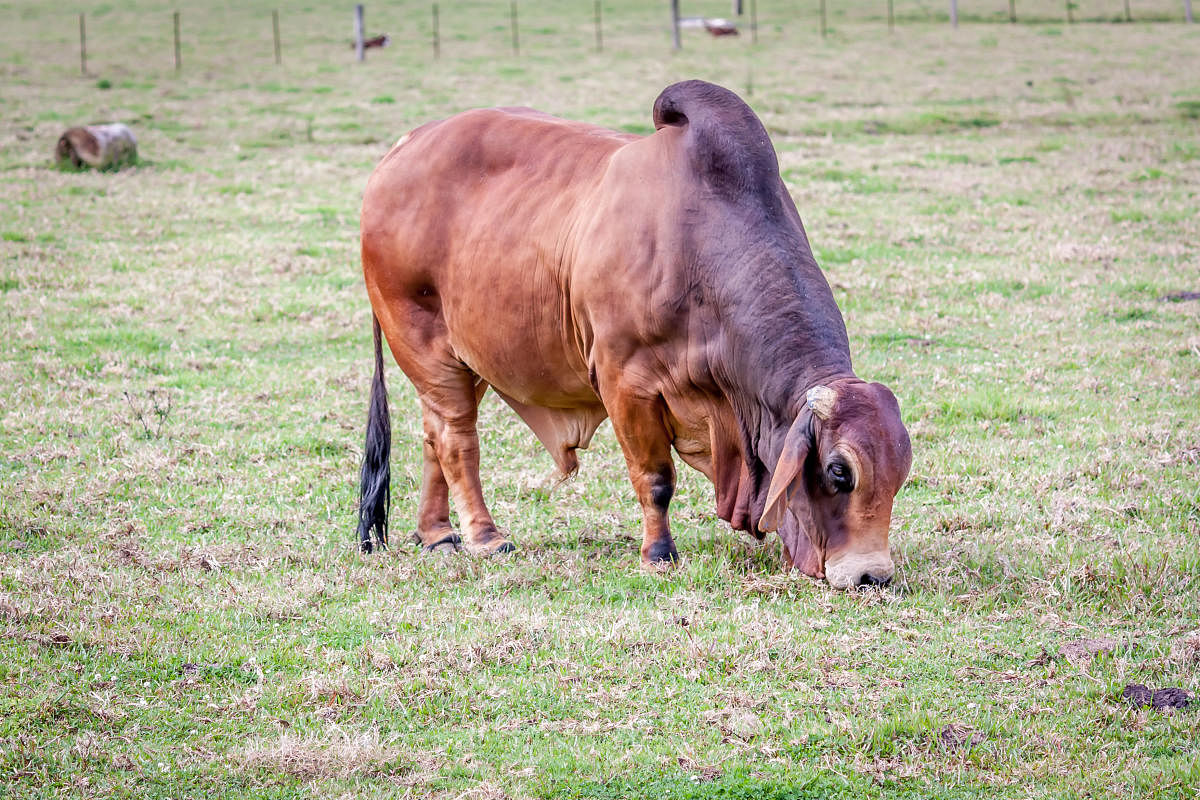
Bronze Age people transported bulls from the Indus Valley region to breed cattle across west Asia and east Africa, starting about 4000 years ago to combat increasing aridity, scientists reported on Thursday.
The south Asian bulls were preferred because of their greater adaptability to arid and semi-arid conditions, triggered by a massive drought spanning over few centuries.
The diaspora, created by the humped Zebu cattle from the Indus Valley, thrives even now with several varieties of cattle around the world carrying the south Asian gene.
Cattle were first domesticated around 10,500 years ago from the extinct Eurasian auroch (Bos primigenius) – the ancestor of modern domestic cattle - in northern Mesopotamia (present day Iraq).
Aurochs gave rise to Near Eastern cattle (Bos taurus), which from an initial domestic pool of about 80 females proliferated in west Asia and Africa, and Zebu (Bos indicus) found in South Asia.
After several thousands of years the Bos taurus populations across the region received a rapid and widespread influx of primarily male genetic material from the zebu from the Indus Valley, observed an international team comprising 35 scientists from four continents.
They published the findings in the journal Science after examining the auroch genome to the genomes of 67 ancient cow (Bos taurus) specimens from archaeological sites in the Near East.
"We found that the about 4,000 yrs ago influx of zebu genetics from the East was widespread, profound and (in archaeolgical terms) relatively sudden,” team leader Daniel Bradley from the Trinity College Dublin told DH.
Interestingly the overall genomes of Near Eastern cattle including those from close to the Mediterranean were changed on average by one third by the Indus cow but the maternally inherited mitochondrial DNA pool was hardly effected. This points to a male-driven change in the cattle genetics.
This genomic shift occurred after a multi-century drought. The drought-adapted zebu may have been brought into the domesticated cattle populations as a way to keep herds thriving under arid conditions, the researchers say.
The mega-drought, believed to be a key factor underlying the collapse of the Mesopotamian and Indus Valley civilisations changed the society for a while, as their cities gave way to less dense rural settlements. The drought affected some places less where animals and humans survived.
Such animals were transferred from the Far East to Near East for mating. The practice continued through millennia, altering the pattern tropical herding on each continent.
“The male bias reflects the nature of change in herds when one breeds new genetics in. In cattle this is done using bulls (one can sire many offspring). Thus a change happens via the male line primarily, even if some females are taken also,” Bradley explained.
